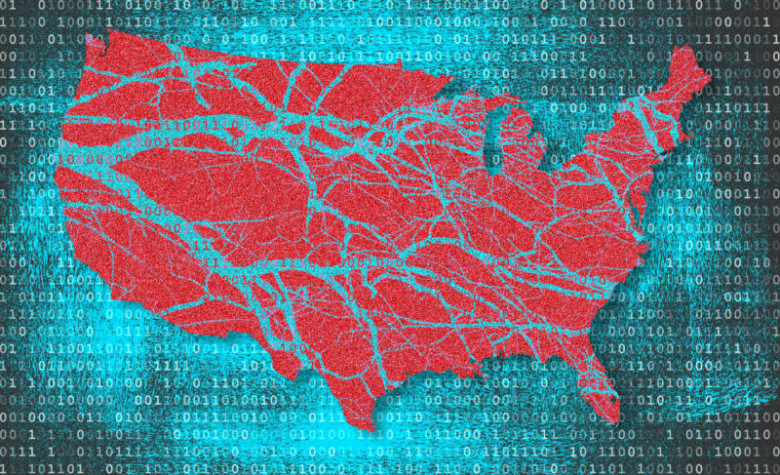Why the US still won’t require SS7 fixes that could secure your phone

The outages hit in the summer of 1991. Over several days, phone lines in major metropolises went dead without warning, disrupting emergency services and even air traffic control, often for hours. Phones went down one day in Los Angeles, then on another day in Washington, DC and Baltimore, and then in Pittsburgh. Even after service was restored to an area, there was no guarantee the lines would not fail again—and sometimes they did. The outages left millions of Americans disconnected.
The culprit? A computer glitch. A coding mistake in software used to route calls for a piece of telecom infrastructure known as Signaling System No. 7 (SS7) caused network-crippling overloads. It was an early sign of the fragility of the digital architecture that binds together the nation’s phone systems.
Leaders on Capitol Hill called on the one agency with the authority to help: the Federal Communications Commission (FCC). The FCC made changes, including new outage reporting requirements for phone carriers. To help the agency respond to digital network stability concerns, the FCC also launched an outside advisory group—then known as the Network Reliability Council but now called the Communications Security, Reliability, and Interoperability Council (CSRIC, pronounced “scissor-ick”).









































































